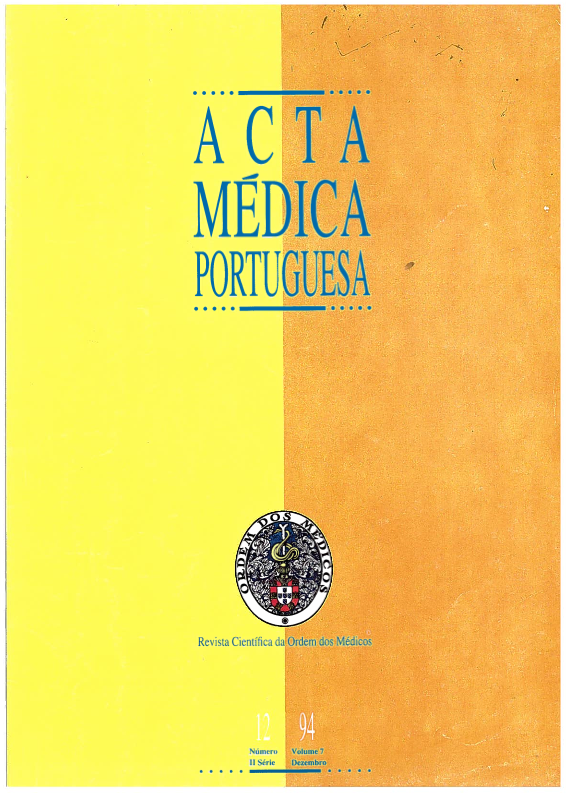Fecal incontinence. What to do?.
DOI:
https://doi.org/10.20344/amp.3022Abstract
There are various functional or organic pathologies that can interfere with the defecation mechanism. The authors present 4 clinical cases with fecal incontinence: 1 false enconprese--2 myelomeningoceles--1 ileo-anal anastomose (total colectomy in Behçet disease). All cases were evaluated manometrically and operated with myorrhaphy of the rectum levators, plasty of gluteus muscles with approximation and median suture, (without rectum circumferential dissection), associating contiguous muscles of independent enervation. In incontinence due to ileo-anal anastomose, a prior ileostomy was made and an S ileal anal-pouch reconstructed. In other cases any intestinal derivation was made. In 3 cases, post operation treatment went well without incidents and there was a clear improvement in the continence. In the other case (myelomeningocele) a complication developed-an abscess with suture dehiscence-which most likely contributed to a less satisfactory result. After the incontinence cases being entirely studied the technique followed is easy to use, adopting neighboring muscular groups capable of improving the continence mechanism.Downloads
Downloads
How to Cite
Issue
Section
License
All the articles published in the AMP are open access and comply with the requirements of funding agencies or academic institutions. The AMP is governed by the terms of the Creative Commons ‘Attribution – Non-Commercial Use - (CC-BY-NC)’ license, regarding the use by third parties.
It is the author’s responsibility to obtain approval for the reproduction of figures, tables, etc. from other publications.
Upon acceptance of an article for publication, the authors will be asked to complete the ICMJE “Copyright Liability and Copyright Sharing Statement “(http://www.actamedicaportuguesa.com/info/AMP-NormasPublicacao.pdf) and the “Declaration of Potential Conflicts of Interest” (http:// www.icmje.org/conflicts-of-interest). An e-mail will be sent to the corresponding author to acknowledge receipt of the manuscript.
After publication, the authors are authorised to make their articles available in repositories of their institutions of origin, as long as they always mention where they were published and according to the Creative Commons license.









